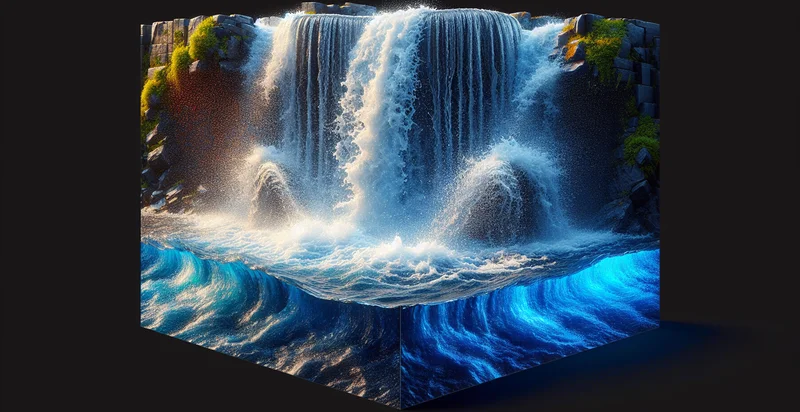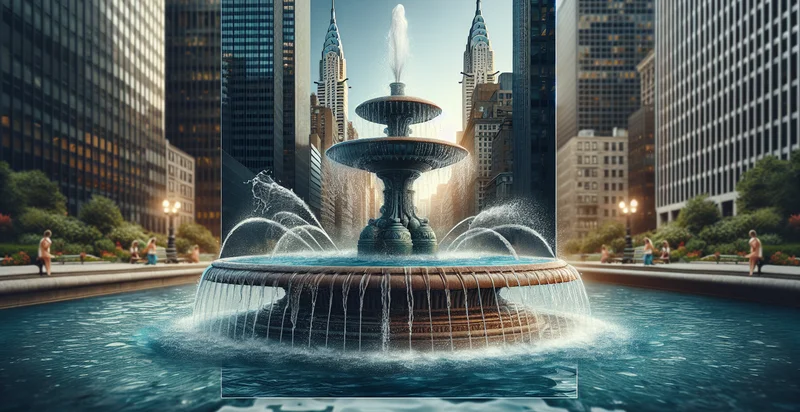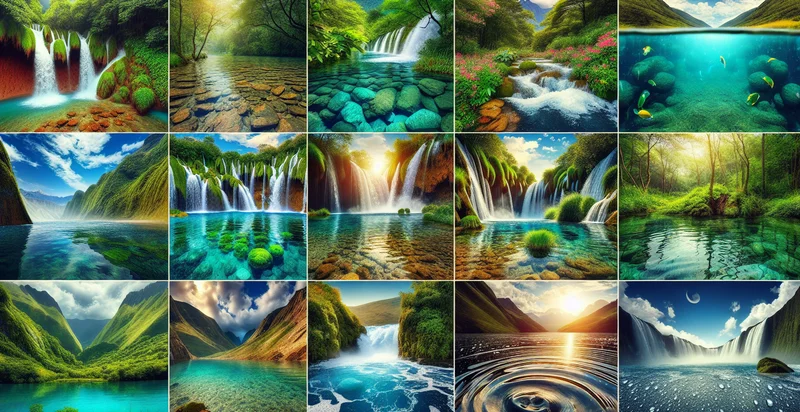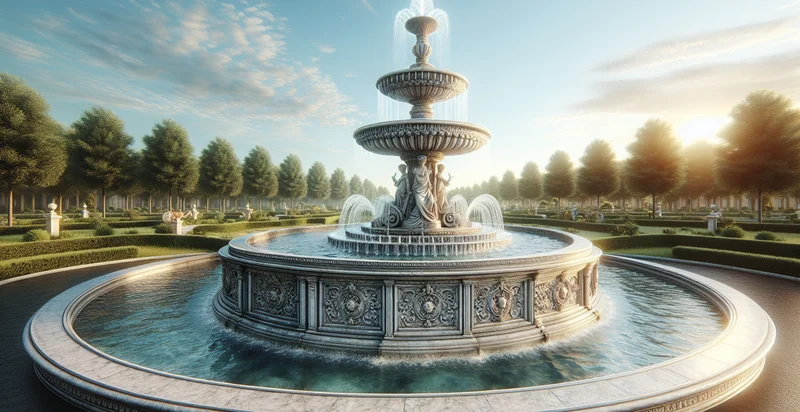Identify the color of a water feature
using AI
Below is a free classifier to identify the color of a water feature. Just upload your image, and our AI will predict the color of a water feature it is - in just seconds.

Contact us for API access
Or, use Nyckel to build highly-accurate custom classifiers in just minutes. No PhD required.
Get started
import nyckel
credentials = nyckel.Credentials("YOUR_CLIENT_ID", "YOUR_CLIENT_SECRET")
nyckel.invoke("the-color-of-a-water-feature", "your_image_url", credentials)
fetch('https://www.nyckel.com/v1/functions/the-color-of-a-water-feature/invoke', {
method: 'POST',
headers: {
'Authorization': 'Bearer ' + 'YOUR_BEARER_TOKEN',
'Content-Type': 'application/json',
},
body: JSON.stringify(
{"data": "your_image_url"}
)
})
.then(response => response.json())
.then(data => console.log(data));
curl -X POST \
-H "Content-Type: application/json" \
-H "Authorization: Bearer YOUR_BEARER_TOKEN" \
-d '{"data": "your_image_url"}' \
https://www.nyckel.com/v1/functions/the-color-of-a-water-feature/invoke
How this classifier works
To start, upload your image. Our AI tool will then predict the color of a water feature it is.
This pretrained image model uses a Nyckel-created dataset and has 17 labels, including Black, Blue, Brown, Clear, Dark Blue, Gray, Green, Light Blue, Multi-Color and Orange.
We'll also show a confidence score (the higher the number, the more confident the AI model is around the color of a water feature it is).
Whether you're just curious or building the color of a water feature detection into your application, we hope our classifier proves helpful.
Related Classifiers
Need to identify the color of a water feature at scale?
Get API or Zapier access to this classifier for free. It's perfect for:
- Smart Aquatic Management: This use case involves the real-time monitoring of water features in public parks or botanical gardens. By identifying the color of the water, park managers can detect changes in water quality, such as algae blooms or pollution, allowing for timely interventions to maintain the health of the ecosystem.
- Aquarium Environment Assessment: Aquarists can utilize this function to monitor the color of large water features in aquarium exhibits. Changes in water color can signal shifts in chemical balance or the presence of harmful substances, enabling staff to ensure optimal conditions for marine life.
- Landscape Design Consultation: Landscape architects can use this classification function to propose suitable water features that align with the intended color palette of a designed space. This ensures that installations complement the overall aesthetic vision, enhancing the appeal and harmony of gardens and outdoor areas.
- Automated Water Quality Alerts: Water treatment facilities can implement this technology as part of an automated monitoring system. If a water feature exceeds certain color thresholds associated with contaminants, alerts can be generated for immediate analysis and corrective action.
- Agricultural Irrigation Management: Farmers can use color classification to assess the health of irrigation ponds and reservoirs. Identifying color changes can help determine if nutrient levels or pollutants are affecting the water, allowing for better water management practices and crop health monitoring.
- Tourism Experience Enhancement: Tourist attractions featuring water parks or natural water bodies can leverage this technology to improve visitor engagement. By incorporating information about the water feature's color into guided tours, visitors can learn about the ecological significance and the effects of seasonal changes.
- Virtual Reality Simulations: Developers creating virtual reality environments can integrate this false image classification function to enhance realism in simulations involving water features. By accurately reflecting color changes based on user interactions or simulated weather conditions, experiences can be made more immersive and engaging.


